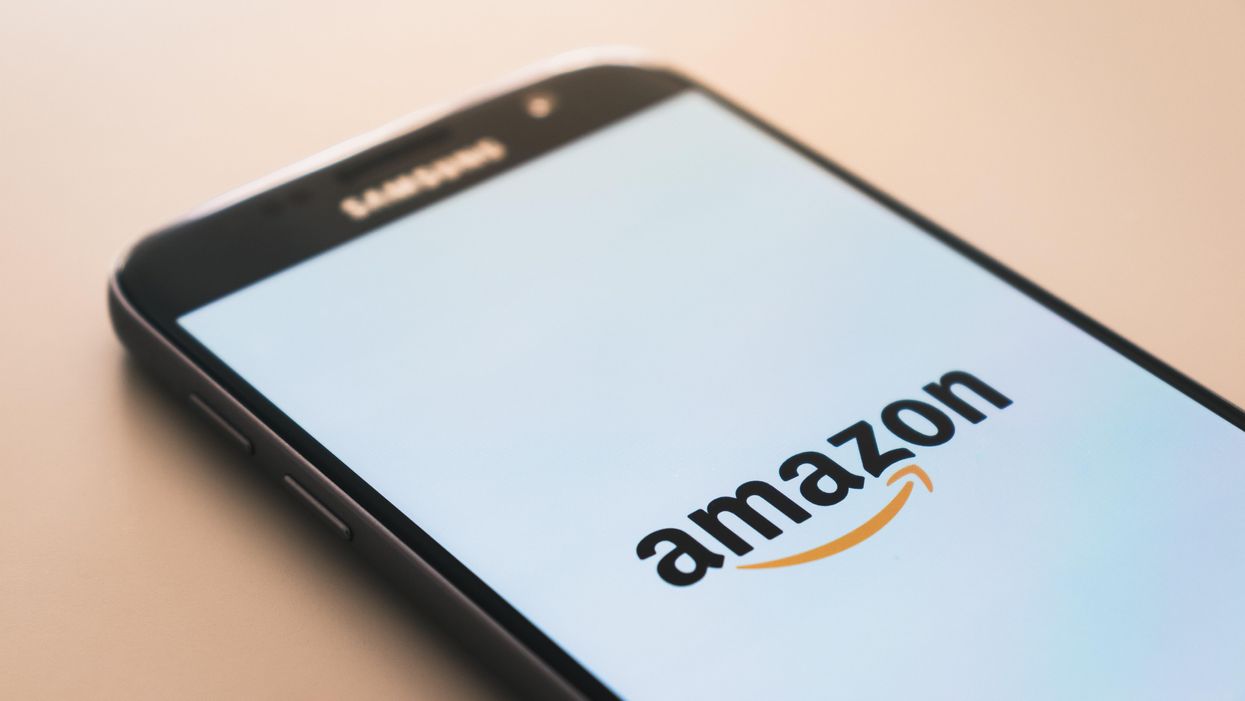Marketing
23 January 2023
Amazon Marketing Cloud adds Sponsored Brands signals
In Amazon's clean room, advertisers just got access to signals from an additional ad type.

Photo by Christian Wiediger on Unsplash
In Amazon's clean room, advertisers just got access to signals from an additional ad type.

Amazon Marketing Cloud is adding new signals from Sponsored Brands for advertisers seeking to gain insights that sharpen their media strategy on America’s largest ecommerce platform, and beyond.
Amazon Marketing Cloud, also known as AMC, is Amazon’s privacy-safe data clean room solution. This is a cloud-based space where advertisers can perform analytics across different signals, including those off Amazon, without having to share identifying data about customers or their business.
AMC announced that it will now feature Sponsored Brands signals, which provide data from Amazon’s customizable CPC ads that feature a brand logo and multiple products. Amazon will provide engagement and conversion signals for this ad type.
This addition will allow advertisers to more holistically measure impact of sponsored ad investments, perform cross-media attribution and gain a more thorough understanding of the customer journey over a year, Amazon said.
Amazon is also adding analytic dimensions like keywords, search terms and ad placements with this launch.
Examples of analyses that can be performed with this capability include audience reach analysis, keyword analysis, audience reach attribution and path to conversation.
First party data signals: With the privacy-oriented shifts taking place in digital marketing, first-party data obtained directly from purchases and loyalty programs is becoming a key building block of advertising. But the missing piece is often the ability to perform analysis on what worked with one audience that can help reach the next audience. Facebook rose to prominence in part because of its targeting technology, but it also had an unparalleled understanding of what converted and ability to segment potential buyers into very specific groups. With the rise of retail media, first party data collected directly from retailers at a purchase holds the promise of unlocking the same powerful capabilities, but the sharing of data across platforms that is a key attribute of such advantages carry competitive and privacy risks. Clean room solutions allow such analytics to be performed on data collected from multiple ad sources,
AMC growth: Amazon Marketing Cloud has grown quickly over the last two years, and is gaining importance in the ecosystem. It combines the clean room approach with the ability to access data from Amazon Ads, which is the largest retail media network. This release continues a wave of expansion of AMC’s capabilities. In October, Amazon added Sponsored Display and digital subscription signals. AMC also features signals from Sponsored Products, Amazon DSP and Sizmek Ad Suite. The ecosystem around Amazon Marketing Cloud is also growing quickly, as agencies, tool providers, system integrators and software companies seek to help advertisers use the capabilities of this solution to their fullest.
The grocer is expanding a partnership with Cooler Screens.
(Photo courtesy of Cooler Screens)
You may have heard of offsite retail media. How about offline?
Retail media holds out the opportunity that brands and marketplaces can reach customers with advertising, anywhere that there’s a screen. Through a new partnership, that capability is extending to the store.
Kroger is set to add smart screens to 500 stores, bringing retail media activations to aisles and checkout lines.
It’s the result of an expanded partnership with Cooler Screens, a company that developed software and enabling hardware to provide advertising and analytics on in-store screens. The company started by developing screens for the cooler doors of frozen food sections, but has since expanded to other areas of the store, like endcaps, banner aisles or existing screens.
Kroger and Cooler Screens piloted the technology for three years, and set out to determine whether they could improve customer experiences through interactive media and digital merchandising. The companies now have conviction that the content available on screens can enable consumers to make “better-informed decisions based on their own preferences, diets, health needs, budgets and lifestyles,” according to an announcement detailing the activation.
In turn, providing in-store retail media allows brands to reach consumers while they are shopping at a brick-and-mortar location. It extends the digital ad opportunities available via ecommerce to a new channel. Unlike a traditional static display ad, digitally-powered retail media is measurable, and Cooler Screens said it offers tools that help brands provide contextually relevant promotions and product information, as well as analytics on performance.
Kroger has made retail media a central part of its digital strategy. The grocer provides advertising through the Kroger Precision Marketing arm, and customer insights through its 84.51° data science team. Executives have talked about how retail media is helping the company unlock new, high-margin business lines, and see the growth of available data as a key driver of the company’s proposed merger with Albertsons.
“We’re excited about this continued collaboration as it extends our vision for the future of retail media, offering brands another powerful marketing lever inside the store,” said Cara Pratt, senior vice president at Kroger Precision Marketing, in a statement. “Cooler Screens shares and further enables this vision by bringing the best of digital experiences directly into our retail stores while integrating with our 84.51° data science platform to create an engaging and valuable experience for our customers, associates, and brands.”
Cooler Screens said it reaches more than 90 million viewers monthly in stores. Along with Kroger, customers include Walgreens and Giant Eagle’s GetGo convenience stores.
While retail media is primarily a means of advertising on ecommerce marketplaces today, the expanded appearance of advertising on in-store screens underscores how the first-party data that powers it can be foundational for a growing range of channels.